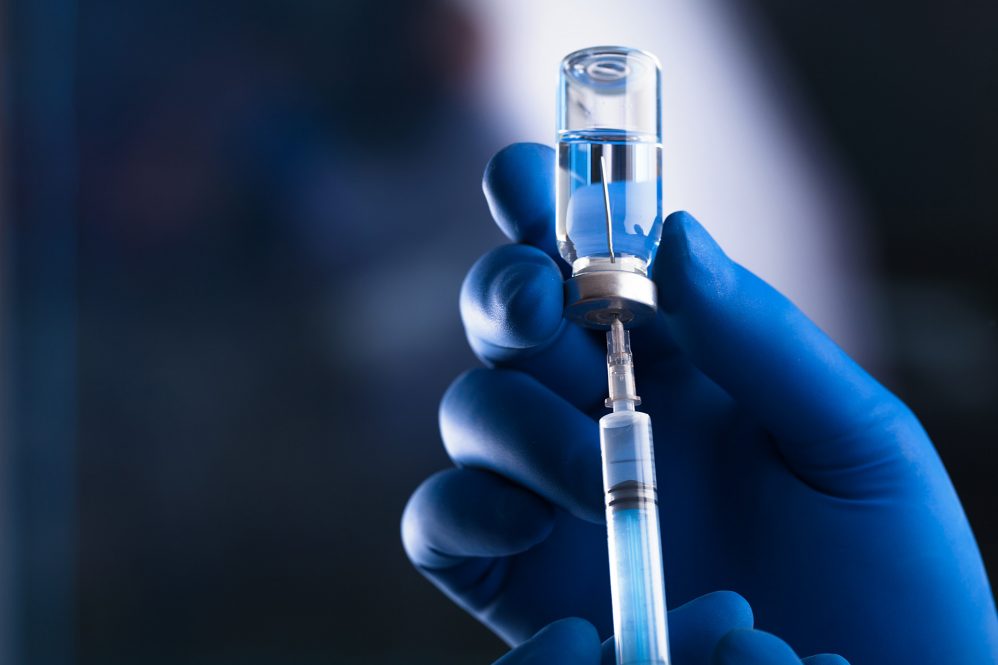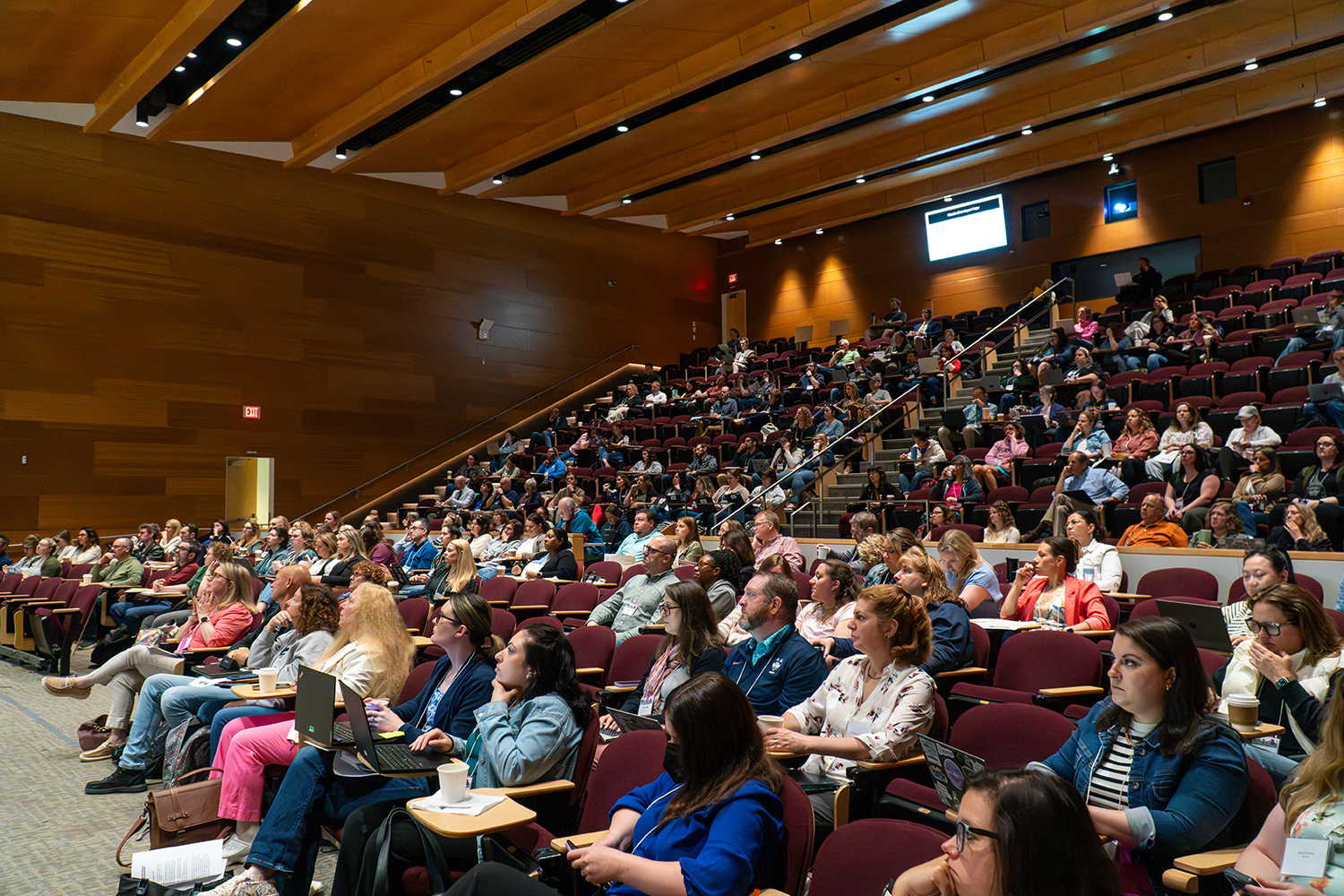Q: Why has the Advisory Committee recommended emergency authorization use of the J&J/Janssen COVID-19 vaccine and how soon will it be available?
A: The data that was presented to the FDA strongly supports that the one-dose vaccine is safe and effective. It provides an important and significant level of protection against developing COVID-19 infection, and especially more severe COVID-19 infections. I’d expect that the J&J/Janssen vaccine will start to become available for use at some point the week of March 1. This is the same rapid timeline that we had for the shipping and distribution of the previous two COVID-19 vaccines FDA-approved for emergency use authorization (Pfizer/BioNTech and Moderna vaccines).
Q: How does the single-shot vaccine work and differ from the Pfizer and Moderna vaccine type?
A: The J&J/Janssen COVID-19 vaccine is administered as a one-time intramuscular dose. Based on the data presented to the FDA, the protective effects of the vaccine start to become apparent approximately 14 days after the dose is administered. The J&J/Janssen COVID-19 vaccine works in a slightly different way than the Pfizer/BioNTech and Moderna vaccines which are mRNA vaccines that currently are administered as a two-dose vaccination series several weeks apart. The J&J/Janssen vaccine (“Ad26.COV2.S”) uses a human adenovirus (a common cold virus) that first has been modified so that it cannot replicate. It also has been modified to contain genetic material from the SARS-CoV-2 virus that the adenovirus will use to make a stabilized form of the SARS-CoV-2 “spike protein.” This is the same protein that is made as a result of the mRNA vaccines of Pfizer and Moderna. The science and methods behind using adenoviruses to deliver a vaccine target have been used for decades. Once the J&J/Janssen one-dose vaccine is administered, the virus enters the cells in our body. However, once the virus is in the cell, it cannot replicate (grow) to cause any kind of symptomatic infection. The virus then makes the SARS-CoV-2 spike protein, which is then presented on the outside of our cells. Our immune system then recognizes the spike protein, and then develops antibodies and immune T-cell responses to the spike protein.
Q: How effective is the one-dose vaccine compared to the two-dose available vaccines?
A: We need to be really careful when we try to directly compare the vaccine effectiveness numbers reported for each of the three available COVID-19 vaccines. For starters, the vaccines were not compared to each other simultaneously in a randomized, controlled research trial format using the same definition for effectiveness—this is the best way to determine comparative effectiveness of any medical therapies. The protective effect of any COVID-19 vaccine can be influenced not only by the vaccine itself, but also by things such as: the definition of when/how protection gets evaluated, how much of the virus is circulating in communities at the time of the study (how much risk is there to get infected), and also by the types of virus (the variants) that are in the communities. For example, we know that there was a lot more COVID-19 infection occurring throughout the world when the J&J/Janssen vaccine study was being conducted versus the times for the Pfizer/BioNTech and Moderna studies. There also were SARS-CoV-2 viral variants circulating in communities during the J&J/Janssen study that were rare or not present for the other two vaccine studies.
The J&J/Janssen vaccine was found to be about 67% effective overall at preventing moderate-to-severe/critical COVID-19 infections measured starting 14 days after the dose. The effectiveness was a little bit higher in study subjects from the United States (about 74% effective). It also was very effective at preventing severe/critical infections (85% effectiveness at 28 days post-dose in all study locations).
These data suggest that it may be a bit less effective at preventing COVID-19 infection compared to the two mRNA vaccines. However, the level of overall effectiveness is still very high. It is highly-effective at preventing severe disease, this effectiveness starts 14 days after a single dose, and it is easier to store/deliver the J&J/Janssen vaccine to vaccination sites. The vaccine only needs to be refrigerated and not frozen.
Q: Any side effects to be aware off for the J&J/Janssen vaccine?
A: The J&J/Janssen vaccine was very well-tolerated based on the research study data that was presented to the FDA. The vaccine does not contain any preservatives, so people who may have had allergic reactions to preservatives found in other vaccines should be able to receive this vaccine safely.
All of the vaccine-related reactogenicity effects are what we would expect from nearly all vaccines; they also are similar to those reported so far with both the Pfizer/BioNTech and Moderna vaccines. Hypersensitivity reaction was rare, and there were no reported cases of anaphylaxis. Most effects were described as “mild” or “moderate” in severity, and older adults tended to have lower rates of effects versus younger adults. People commonly reported pain at the injection site (~50%). Erythema (redness) and swelling also occurred, but these were much less common (< 10%). Fatigue, headache, muscle aches, and/or nausea were reported by ~20-40% of people who received the vaccine, but these effects were also noted in ~10-20% of people who received the placebo injection. About 10% of people who received the vaccine developed a fever. All of these effects typically only lasted for about 1 day.
Q: What key benefits do you foresee thanks to this one-dose vaccine?
A: With any two-dose vaccination series, things such as having enough product to allocate to both a person’s first and second doses, the scheduling of the second dose, and then having people potentially not coming back to the vaccine clinic for a second dose all represent just some of the logistical problems that slow down our progress towards getting effective wide-spread vaccination of the communities and achieving “herd immunity.”
The addition of an effective single-dose vaccination will help us more quickly increase the total numbers of people who are protected from becoming infected with COVID-19, and also will help to significantly limit the ability of the virus to continue to spread throughout communities. It’s undoubtedly another very important tool that we now have in our toolbox to help arrest the progression of the pandemic and gets our society moving back towards some degree of pre-COVID-19 normalcy.
Q: In your opinion, what may the future hold when it comes to the COVID-19 virus this spring and the ongoing vaccine roll-out?
A: I am cautiously very optimistic that with continued roll-out of vaccinations to more and more people throughout Connecticut that we will continue to see significant downward trends in the overall prevalence of COVID-19 infection throughout our state. We’ve already seen dramatic reductions in COVID-19 infections and deaths in our most-vulnerable nursing home patient populations throughout Connecticut. Internationally, for example the data emerging out of Israel showing significant reductions in infections, hospitalizations, and other important markers of the COVID-19 pandemic related their aggressive widespread vaccination efforts support my hopes that the dramatic and impressive benefits seen with all of the vaccines in clinical trials can translate almost identically to “real-life” settings throughout the world.
If, in Connecticut, we are able to get high percentages of vaccination throughout the age ranges under the aggressive timeline proposed by the Governor/CT DPH, I definitely envision us progressing to a point in late summer/early fall where we could realistically consider doing a significant roll-back of our current recommendations for high levels of social distancing, masking, and other preventative measures.
Learn more about UConn Health’s COVID-19 Vaccine Program.



